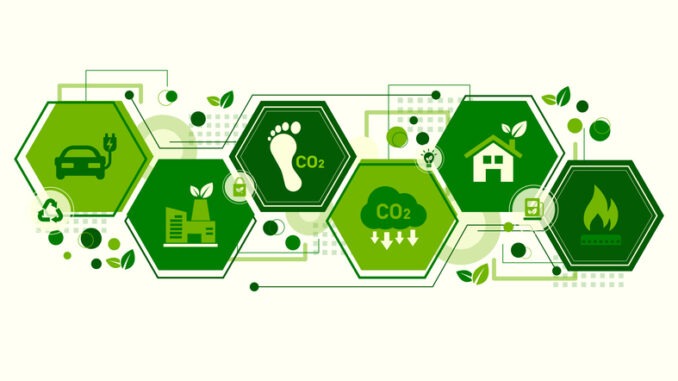
In this second part of the UKSSN’s article on sustainability data and metrics, we dive into the benefits of modelling and monitoring for schools
Modelling is a critical part of planning for future efficiencies, cost savings and decarbonisation. In the production of heat decarbonisation plans, engineers conduct technical assessments to determine the impact of a range of potential heat and electrical decarbonisation opportunities and model their expected impact on the carbon emissions profile of the building before and after implementation. In this case, modelling supports forward planning and decision-making regarding capital expenditure.
Investment in modelling is therefore essential in developing effective sustainability and climate change strategies. Funding for HDP’s can be accessed through the Salix Low carbon skills fund.
Why monitor?
Continuous monitoring is essential for maintaining the impact of sustainability initiatives and ensuring targets are met. Monitoring is the regular collection and analysis of data to track performance against targets, using established metrics and most importantly, celebrate success.
Monitoring at an operational level can identify infrastructure and behavioural issues leading to waste. Consistent monitoring of out of hours energy consumption wll lead to significant savings and water monitoring can identify costly leaks. The use of AI to complete monitoring and set alerts is increasingly proving effective. Schemes such as Energy Sparks can support schools with monitoring at this level.
Using the plan, do, check, act model as a continual process to evaluate impact provides a structure for successful implementation and viability of sustainability measures.
In summary, data, metrics, modelling, and monitoring are all essential tools in the implementation of an effective climate change and sustainability strategy. In the absence of effective, external accountability measures, schools and trusts must hold themselves to account using suitable metrics to identify actions to reduce impact on the environment, monitor progress and return on investment of capital expenditure.
What now?
Schools and trusts can take the first step by gathering all available data in a spreadsheet or folder. Use the data to calculate your carbon footprint, analyse the results and identify next steps. Put in place actions, procedures, and methods of monitoring progress.
Allocate the task of monitoring and implement a feedback mechanism to leaders / governors/ trustees. Share findings, actions and ongoing monitoring with teachers and pupils and celebrate success with the whole school community.
Useful Resources
Count your carbon – https://www.countyourcarbon.org/home/
Energy Sparks – https://energysparks.uk
Let’s go zero – https://letsgozero.org/
ModeSHIFT STARS travel engagement (https://modeshiftstars.org/)
UKSSN Ops group network – https://ops.ukssn.org/



Be the first to comment